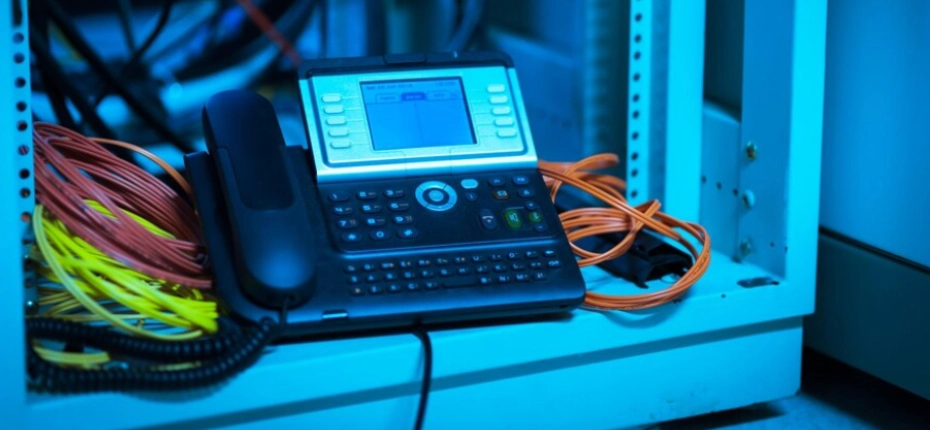Understanding WiFi Routers: A Guide to Installation and Setup
In an age where connectivity is essential, having a reliable internet connection at home has never been more critical. The backbone of these wifi solutions is your wifi router. Whether setting up a remote work environment or a home entertainment system, understanding the router’s role, components, and wifi installations techniques is indispensable. This guide will help you with your wifi setup for the home to ensure smooth internet access.

The Role of a wifi Router
A wifi router is the central hub for your home’s internet connectivity, making it a vital component of wifi solutions. This device converts the wired internet connection from your modem into a wireless signal. It allows multiple devices like smartphones, laptops, and smart TVs to access the internet simultaneously. In cities with complex networking needs, like wifi solutions in Dubai, understanding the role of a router becomes even more crucial.
Router Components and Types
Typical wifi routers come with several physical components, including Ethernet ports, antennas, and LED status indicators. Wifi installations often involve configuring these components for optimal performance. There are various types of routers to consider: single-band routers for basic tasks, dual-band routers for more versatility, and tri-band routers for high performance and multiple connections. Choosing the right type is essential for an effective wifi setup for the home.
Preparing for Router Installation
Before proceeding with wifi installation at home, there are a few prerequisites. Firstly, ensure your internet service is activated and your modem is compatible with the router. Selecting a unique and easily recognizable wifi network name (SSID) is also essential when it comes to wifi solutions. Places with advanced networking needs, like wifi solutions in Dubai, might even offer pre-configured routers, simplifying the installation process.
Router Placement
The placement of your router is a significant but often overlooked aspect of wifi setup for the home. The router’s location can greatly influence signal strength and coverage area. Obstructions like walls and furniture and electronic interference from devices like microwaves can affect your wifi performance. Therefore, the router should ideally be placed centrally, elevated, and free from obstructions. This is especially crucial for wifi installation at home in larger residences where the signal needs to cover multiple rooms or floors.
Understanding the role and components of a wifi router is key for a successful wifi setup for home. Knowing the types of routers available and preparing well for the installation can make the whole process seamless. Proper router placement can significantly impact your home network’s performance and reliability. By following these best practices, you are on your way to establishing a secure and dependable home network, whether looking for wifi solutions in a small apartment or exploring advanced wifi solutions in Dubai for larger, more complex spaces.







